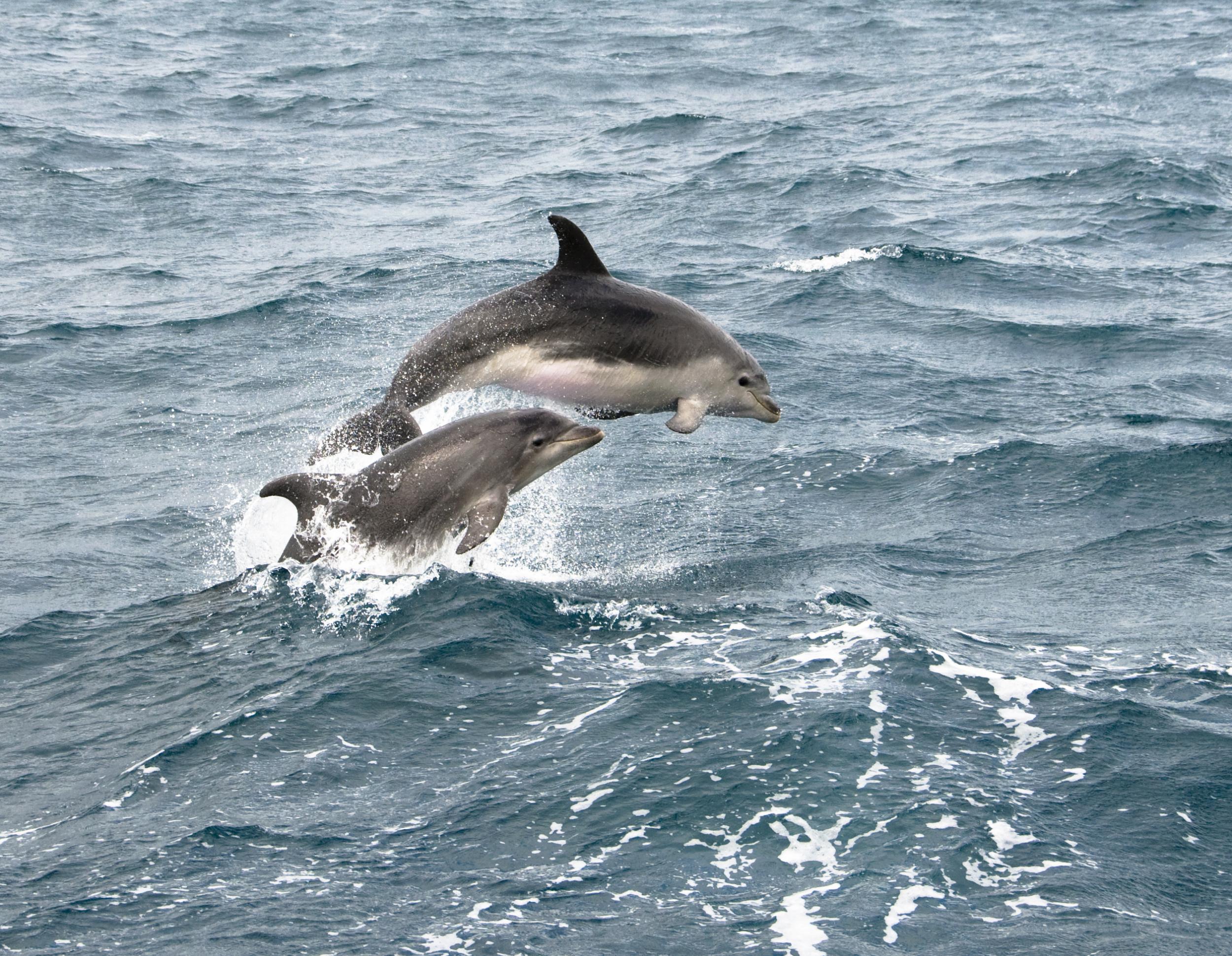New Zealand bans tourists from swimming with bottlenose dolphins as numbers fall
Species is disappearing from Bay of Islands because humans are ‘loving them too much’

Your support helps us to tell the story
From reproductive rights to climate change to Big Tech, The Independent is on the ground when the story is developing. Whether it's investigating the financials of Elon Musk's pro-Trump PAC or producing our latest documentary, 'The A Word', which shines a light on the American women fighting for reproductive rights, we know how important it is to parse out the facts from the messaging.
At such a critical moment in US history, we need reporters on the ground. Your donation allows us to keep sending journalists to speak to both sides of the story.
The Independent is trusted by Americans across the entire political spectrum. And unlike many other quality news outlets, we choose not to lock Americans out of our reporting and analysis with paywalls. We believe quality journalism should be available to everyone, paid for by those who can afford it.
Your support makes all the difference.Tourists have been banned from swimming with bottlenose dolphins in New Zealand in a bid to protect them from “being loved into extinction”.
The population of bottlenose dolphins in the Bay of Islands, on the country’s east coast, has fallen in recent years and the species is classified as endangered in New Zealand.
According to the country’s Department of Conservation (DOC), people are “simply loving them too much” as heavy boat traffic is causing dolphins to spend less time carrying out important biological behaviours such as “feeding, nursing their young and sleeping”, as they opt to spend time socialising with humans instead.
A report published by Massey University in 2016, commissioned by the DOC, found a link between the high level of interaction between boats and dolphins and the decline in numbers.
Researchers discovered the dolphins spent 86 per cent of daylight hours near to at least one boat.
They warned bottlenose dolphins could disappear from the Bay of Islands completely if the population continues to plummet.
In an attempt to tackle the decline, the government has banned boat tours which allow customers to swim with the marine mammals in the Bay of Islands.
New, stricter rules also limit the amount of time the tours can interact with the animals to 20 minutes. Tours can only visit in the morning and afternoon, to give the dolphins more time to themselves.
The Massey University study, carried out between December 2012 and April 2015, identified a population of 96 bottlenose dolphins in the Bay of Islands – a 66 per cent decline compared to previous research published in 2002.
There are now estimated to be just 31 of the dolphins in the area.
Researchers also found that 75 per cent of baby bottlenose dolphins were thought to have died before reaching independence – an increase of 52 per cent compared to a study in 2009.
At the time of the 2016 report, Sue Reed-Thomas, the DOC’s northern North Island director of operations, said: “It’s very difficult to manage a group of wild animals swimming freely.
“The dolphins often swim towards boats themselves and you simply can’t put a barrier around them or monitor every interaction they have.
“Everyone who puts a boat on the water in the Bay of Islands needs to be aware of the problem so they play their part in protecting the local dolphin population.”
Join our commenting forum
Join thought-provoking conversations, follow other Independent readers and see their replies
Comments